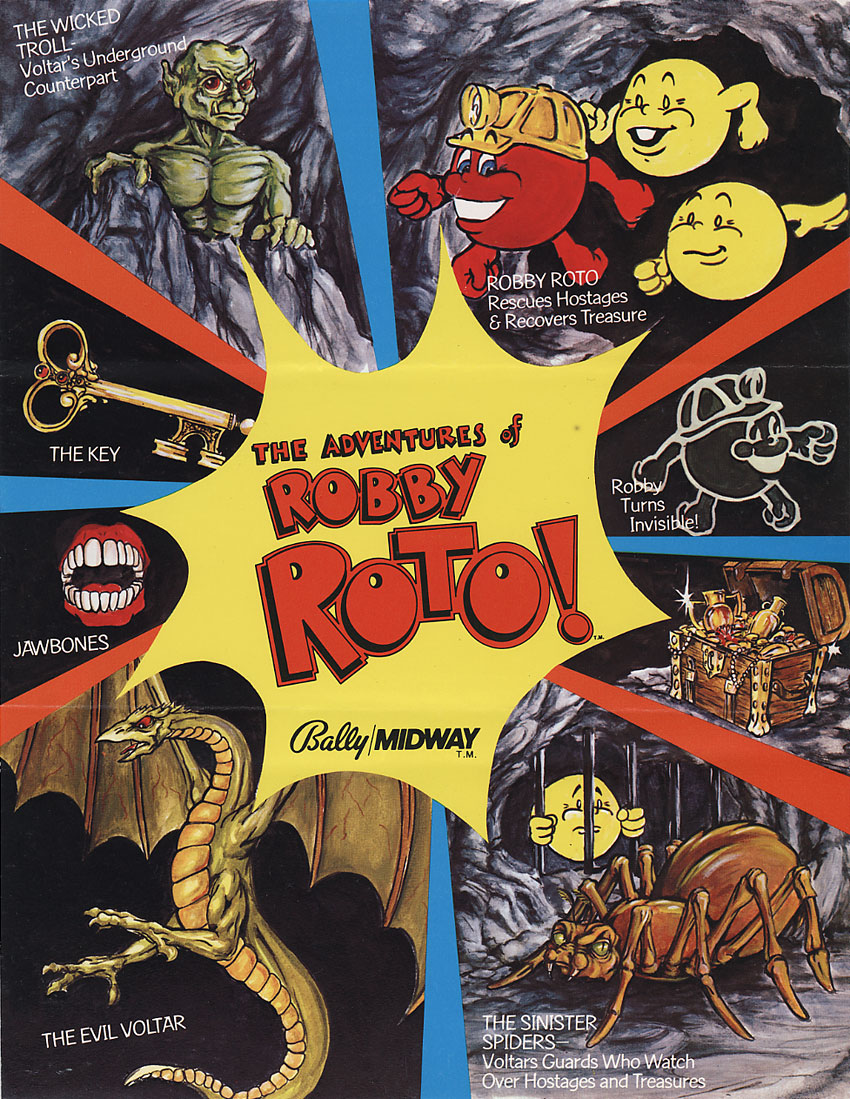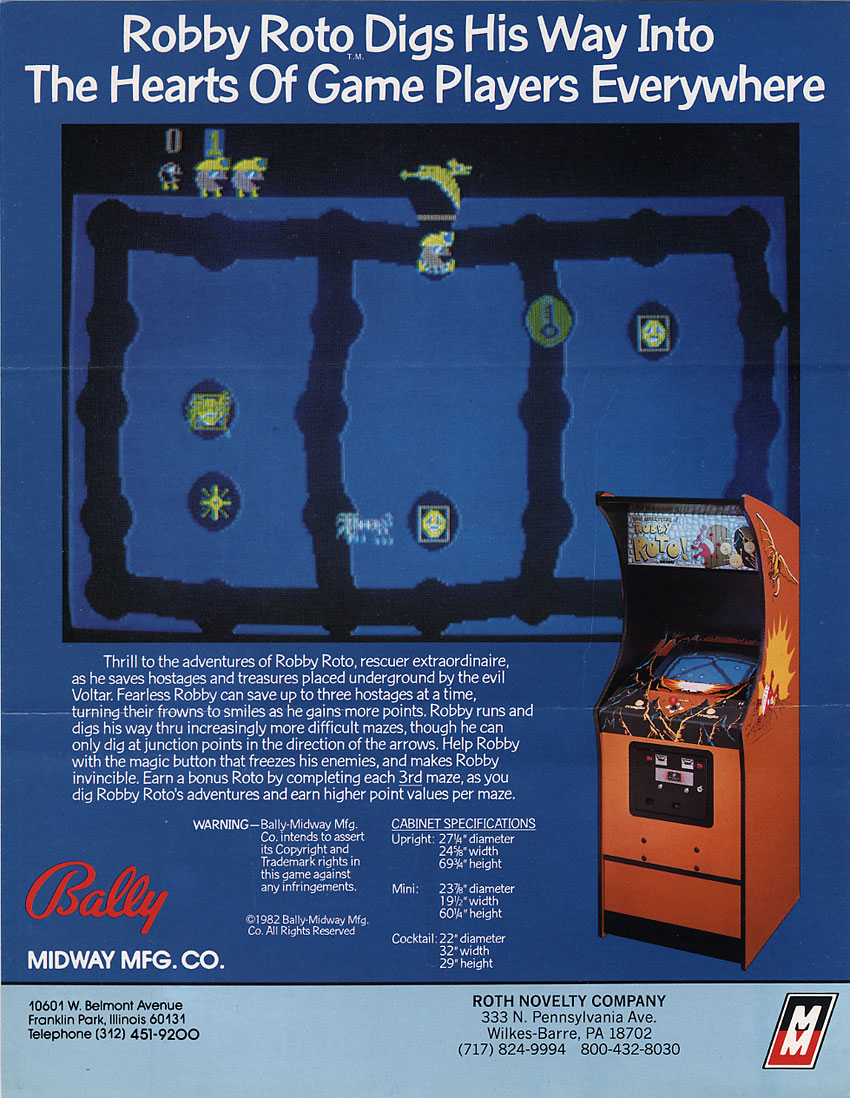 Bally Midway: “Fun Is Our Business”
Bally Midway: “Fun Is Our Business”The Amusement Operators Expo in Chicago was an annual event allowing manufacturers like Bally Midway to showcase their latest video game releases to operators and distributors – and by its very nature, to other manufacturing companies. 1982 was about as hot a year as we would ever see during the Golden Age of classic arcade gaming, and what we can witness is a great snapshot of the state of the industry.
This footage is interesting for a variety of reasons, but mainly because of Bally Midway’s huge successes up to that point. The industry was eager to see its next move. How could they follow up the huge success of titles like Pac-Man and Gorf?
This trade show was the coal face of the industry, and games would literally live or die depending on the reaction from attendees. The footage comes in three parts.
In this first video, starting at around the 2:00 minute mark, the Bally Midway stand is featured. Shots of people playing titles like Bosconian are shown, but of particular interest is the game Robby Roto. Developed by Jamie Fenton, this was meant to be Bally Midway’s follow up to the the seminal Gorf and was launched to some fanfare in an attempt to follow up the release of the runaway success of Pac-Man.
At 4:07, check out the cabinet with an additional monitor placed on top, so attendees could watch the gameplay easily.
Incredibly, the film makers (probably without realising it) interviewed none other than Eugene Jarvis, creator of Defender and Robotron for Williams. Jarvis gives his candid thoughts on Robby Roto, whilst adorning a name badge where we calls himself “RON ROBOT. CHIEF AUTOMATOR. WILLIAMS ELECTRONICS, CHICAGO, ILLINOIS”. Of course very few people would know who Eugene was at that time, and based on previous knowledge, we know that Williams weren’t keen for its programmers to name themselves to avoid other manufacturers poaching their talent. (I’ll bet the deal was, “you can go to the show, but go anonymously”.
Asked for his thoughts after playing the game, Jarvis responds:
“It’s pretty weird. I think it’s above me!”. He does however, introduce himself as a “designer of video games”. Jarvis’ body language and comments are pretty candid. I get the impression his initial reaction to the game was luke warm to say the least!
Aside from other general shots of the trade show floor, what follows is an interview with a Midway employee who tried his best to talk the game up, and a further interview with a company that manufactured a “convertible video system”, showcased in a cab built from plexiglass. Pretty interesting. Check it out here:
Amusement Operators Expo 1982 – Part 1The second video starts with a brief interview with Robby Roto‘s creator Jamie Fenton on his thoughts about the game being placed out on the floor. Despite the interviewer’s best attempts, he’s not forthcoming about the general reaction to the game! But this is great insight into what goes into getting a new video game released. This is all part of the process. Develop the game. Playtest it. Fine tune. Then get it out there in from of buyers (arcade owners and distributors). This must have been a nerve wracking time for developers like Fenton – if the market doesn’t take to the game, month’s of hard work can go down the drain.
What we now know about Robby Roto of course, is that the game would ultimately fail to capture the dollars and enthusiasm required from the market to be a success. It is now a rare curio amongst collectors today.
Further footage can be seen, including an interesting interview with a vendor talking about the success of Pac-Man and the variety of promotional materials available for the game:
Amusement Operators Expo 1982 – Part 2The third and final video has general shots of stands including Sega Gremlin and Williams (see if you can spot the brief cameo by legendary pinball designer Steve Richie!). I also spot Taito and Universal cabinets, and even a stand featuring Willis, who were designers and sellers of aftermarket arcade artwork.
From 8:10 you can see the Gottlieb stand, featuring pinball machines from the time and what appears to be Tim Skelly‘s Reactor shown to the public for the first time:
Amusement Operators Expo – Part 3All in all, some fabulous footage here, with loads of detail for the enthusiast, even in this raw state.
Do let us know in the comments below if you spot anything else I’ve missed.
Hope you enjoyed this trip down memory lane!
See you next time.
Tony
Email Address:
Subscribe
More...

